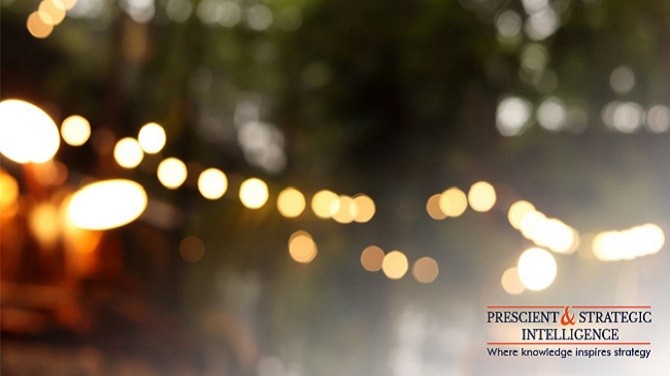Capturing high-quality images in low-light conditions has long been a challenge for photographers and technology enthusiasts alike. However, with the advancements in camera sensors and image processing algorithms, low light imaging has undergone a remarkable transformation.
Understanding Low Light Imaging
Low light imaging refers to the process of capturing images in environments with minimal available light. Traditional cameras often struggle in low light conditions, resulting in grainy, noisy, and blurry images. The primary reason for this challenge is the reduced number of photons reaching the camera sensor, leading to a weaker signal-to-noise ratio.
However, with the advent of innovative sensor technology and image processing techniques, low light imaging has become increasingly sophisticated, producing clear and detailed pictures even in the darkest settings.
What are CMOS and CCD Technology in Low Light Imaging?
CMOS (Complementary Metal-Oxide-Semiconductor) and CCD (Charge-Coupled Device) are two distinct technologies utilized in low light imaging, each offering unique features and benefits.
CMOS sensors are widely employed in modern digital cameras, including smartphones, due to their lower power consumption and cost-effectiveness. In low light imaging, CMOS sensors exhibit high sensitivity, especially when equipped with backside illumination (BSI) technology.
BSI allows the light-sensitive area to be positioned on the backside of the sensor, enabling it to capture lighter and improve sensitivity in dimly lit environments. Moreover, CMOS sensors boast faster readout speeds than CCD sensors, reducing exposure times and minimizing motion blur in low light conditions.
Whereas, CCD sensors have been traditionally favored in scientific and industrial imaging applications. Though not as commonly used in consumer devices, CCD sensors excel in low light imaging due to their inherent properties.
CCD sensors typically offer higher quantum efficiency, meaning they can convert incoming photons into electrons more efficiently, resulting in better sensitivity in low light situations.
Applications of Low Light Imaging
Low light imaging finds applications across various domains, including security & surveillance, low light photography, monitoring, inspection & detection, and scientific & medical imaging.
One significant area where low light imaging is extensively employed is in monitoring, inspection, & detection, primarily due to the growing implementation of advanced driver assistance systems (ADAS) in vehicles.
This technology is increasingly utilized for forward-collision warning, lane-keep assistance, and blind spot monitoring, making it a wide-ranging application area. Notably, rearview cameras, 360-degree surround-view cameras, dash cameras, front-view machine vision cameras, and camera monitor systems installed in vehicles prominently feature the application of low-light image sensors.
Moreover, the medical field benefits significantly from low-light imaging, particularly in the monitoring of internal tissues and detecting internal injuries. In life sciences applications, such as total internal reflection fluorescence (TIRF) microscopy and single-molecule imaging, low-light image sensors offer exceptional sensitivity and quantum efficiency, often exceeding 95%, with pixel sizes ranging from 10 to 16 micrometers.









